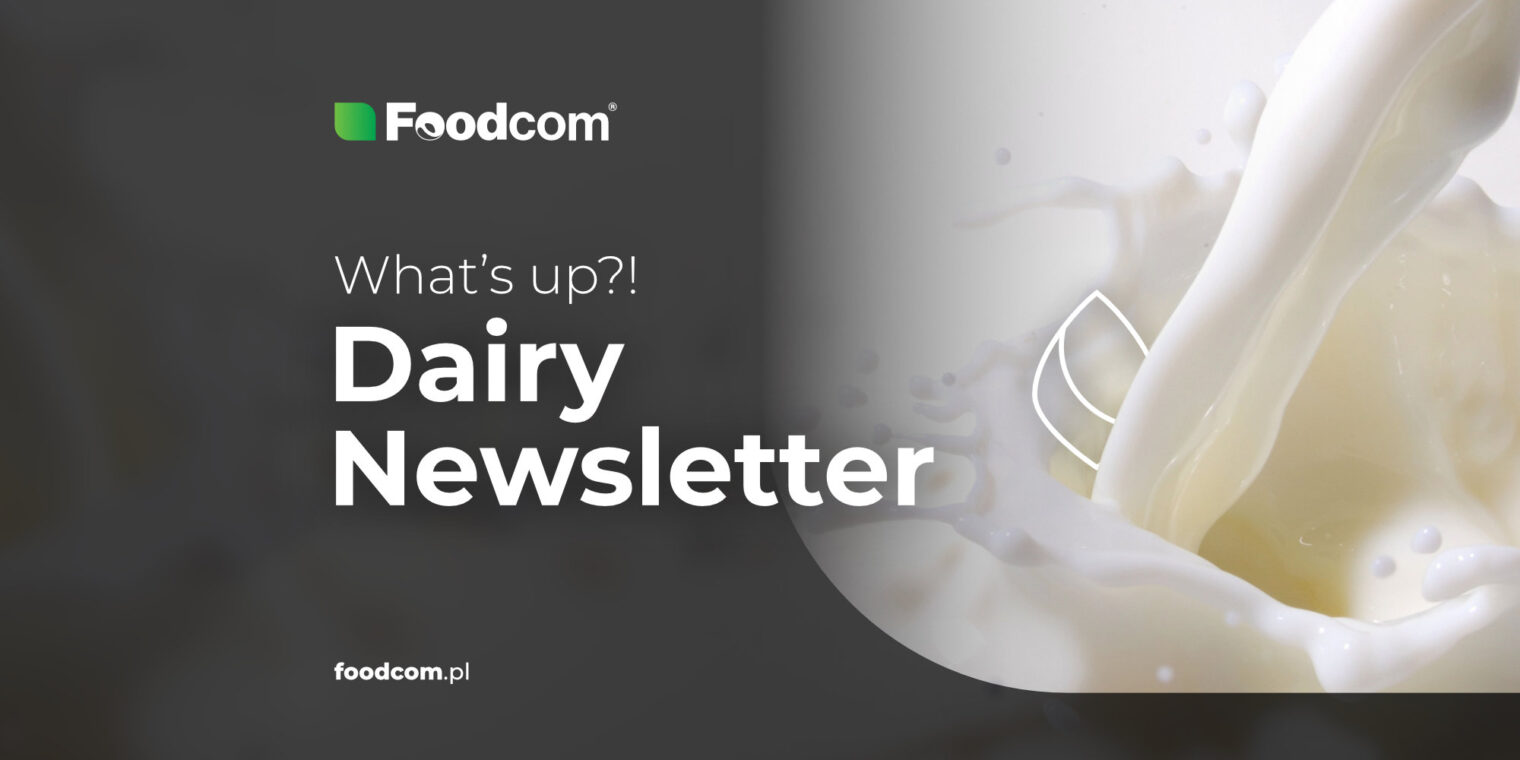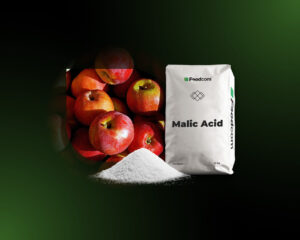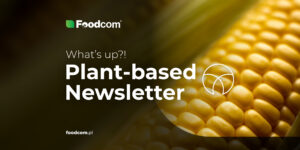The last few days in the dairy sector have been determined, among other things, by rising milk production in all major markets. In many cases, it is higher than in the same period last year. This is not particularly surprising because such a situation has been predicted for several months. Another important factor is the availability of storage space, or in many cases the lack of it. It is not yet clear how this will affect the market situation, but currently many players are having sleepless nights because of it (okay, maybe it is not THAT dramatic).
It’s worth noting that demand is already emerging for H2 2023. The recent decline in prices has obviously translated into increased demand. It was easy to see that the situation of a particular product depended on which category it belonged to (fats, liquids, powders, etc.), and these in turn were very different. As always, you will read the details below.
And what’s coming up in the near future? In many countries, there are various holidays at the end of April and beginning of May… Also, the sun shines more strongly and more pleasantly (at least in some regions, people from all over the world read us, so maybe it’s night in your country when it shines on us, who knows). So, it’s clear that many are taking a shorter or longer break (or at least having a decent barbecue), which will probably translate into fewer transactions. We are also on our way out into the world, so ‘see you’ in two weeks.
Continue reading to learn about this week’s market insights.
With us, you’ll never miss a thing!
Butter
Although the price of the raw material (Cream) has decreased in the last two weeks, producers have shown exactly the opposite trend by giving higher quotations for Cream products, i.e. Butter and AMF. In doing so, they have triggered a wave of phone calls. Everyone wanted to verify the information about higher Butter prices, which only fueled the upward spiral. Buyers, on the other hand, kept a sober mind and used poker-like ‘call,’ thus failing to confirm purchases at the prices suggested by producers, which had the effect of lowering sellers’ party expectations. Obviously, the temporary increase in the Butter price was only an attempt by producers to reach a higher level, and no significant volumes were contracted at these higher prices.
Skimmed Milk Powder
Two steps forward, one step back. In the recent GDT results, half of the industry would lose their fortunes if they bet on it; in other words, the result was unexpected for the majority. In SMP, we are seeing something we have never seen before. NZ SMP is trading at a $480 premium to Arla SMP. ($2400 vs $2850). Most of the product was not bought by Asia, as some of us had hoped, but by the Middle East, where they were preparing for the end of Ramadan. In our view, the export market accepts higher prices when it comes to the European dairy industry. However, buyers are hesitating until they absolutely have to buy the product, last week’s GDT was an example. In the next week, we will see if the next step upwards will be accomplished.
Gouda/Edam
Once again, history has repeated itself, a story familiar to anyone who has been in the industry for more than a day. With most manufacturers switching their production lines from making 3 kg loaves to 15 kg euro blocks, a large number of Cheese inquiries at this point have been about which format? Yes, you were right, 3 kg loaves. The increased interest in Cheese is boosted by the mild shifting and changing of the loading schedule of Germany’s largest Cheese producers. Is this really due to shortages and production delays, or is it just to artificially stimulate interest in Cheese? We shall see. On the other hand, we confirm that Cheese enjoys unbroken interest from buyers and the price is quite stable, with a slight upward trend. Conclusion: Cheese = trend of the week.
Cream
As for liquids, demand was stronger than expected last week. As a result, the price of Cream rose slightly at the beginning of the week, only to fall again slightly at the end of the week. There were quite a number of interested parties who wanted to buy this raw material. Prices for Skimmed Milk Concentrate have fallen slightly recently.
What else?
Europe
The Emmi company focuses on goat’s milk
Emmi has commissioned a new, energy-efficient spray tower for the production of goat milk powder at the headquarters of its two subsidiaries, Goat Milk Powder and Bettinehoeve in Etten-Leur, the Netherlands. Goat milk and goat milk powder have become increasingly popular in recent years, mainly due to their nutrient profile, which is similar to that of breast milk, and their high protein, mineral and vitamin content.
The Ukrainian dairy sector is in the worst situation since the beginning of the invasion
The current outlook for consumers is poor, and exports of dairy products have almost come to a standstill. Expensive raw materials compared to the European Union, lack of government support and difficult access to bank loans are cited as some of the greatest challenges. The Ukrainian parliament is working on solutions to relieve the dairy sector in this difficult situation. Among other things, a halving of the VAT rate for dairy products is being considered.
French group Lactalis has reported a significant decline in profits
Although sales of the world’s largest dairy producer rose 28.4% to 28.3 billion euros in 2022, rising production costs have led to a 14% drop in annual profits to 384 million euros. The company also admits that the group’s profit margins have fallen significantly despite significant efforts.
The Americas
Researchers at the University of California are taking reducing methane production to the next level
They have begun work on a new project that aims to reduce climate change-causing emissions from cattle, in part by applying the genome-editing tool CRISPR to microbes in cow intestines. The project is worth up to $70 million, and the results are expected to benefit both cow health and the environment.
U.S. dairy launches new climate collaboration
The U.S. Dairy Export Council (USDEC) and the National Milk Producers Federation (NMPF) announced the signing of a set of principles and a new partnership with the national farmer organizations (FARMs) of Argentina, Brazil, Paraguay, Uruguay, Chile, Bolivia and Colombia. The goal of the new partnership, led by the United States, is to coordinate and support the engagement of government officials and international organizations in promoting policies that encourage sustainable productivity growth, considering the specific needs of the livestock sector and the profitability of farmers.
USDA has announced a major injection of funding under the Farm Bill’s Animal Health Protection Fund
The U.S. Department of Agriculture (USDA) Animal and Plant Health Inspection Service (APHIS) is awarding $2.29 million through the Farm Bill program National Animal Health Laboratory Network (NAHLN) to improve animal health preparedness at APHIS. The goal of the funding is to strengthen the organization’s ability to implement strategies to prepare for animal health emergencies and better protect the U.S. agricultural industry. No one would be upset about a grant of this size, that’s for sure.
Asia & Oceania
A supermarket chain from Australia is buying dairy plants
Coles, a well-known supermarket chain in Australia, has entered the dairy processing business. According to experts, this is another sign of serious concerns about the security of the milk supply. The supply of Australian milk continues to decline, and domestic buyers are increasingly concerned. Apparently, Coles does not want to risk ever having to answer no to the question, ‘Got milk?’.
The development of the Dairy Australia Forage Value Index is helping dairy farmers increase profits by $250 per hectare
At least that’s what the developers claim. The FVI is a tool for farmers and producers that ranks ryegrass varieties according to their potential contribution to overall farm profits. The table has been extended to this year’s ryegrass seeding to help growers ‘make better choices.’ The premise is that an ideal, properly selected ryegrass variety can increase net profit by up to $250 per hectare per year. Who would have thought that optimization in one area could yield such gains…
Fonterra continues to work toward decarbonization
The company recently announced that it will convert the coal-fired boilers at its Hautapu plant to wood pellets and install a heat pump at its Palmerston North dairy processing plant, which supplies the local market. This is another step towards the goal of reducing emissions in all production areas by 30% by 2030 (from a 2018 baseline), achieving net-zero emissions by 2050 and moving away from coal by 2037.







